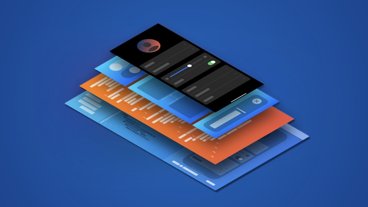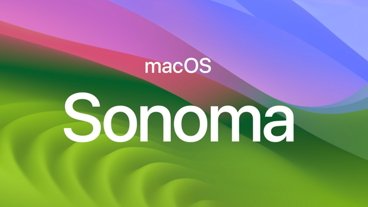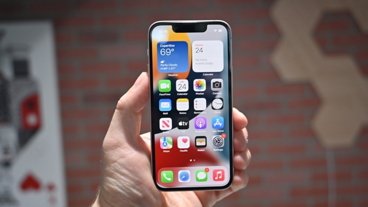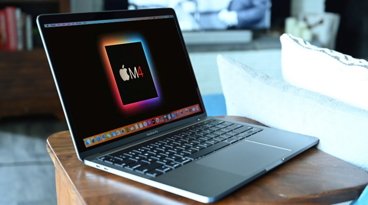Inside OS X 10.8 Mountain Lion GM: Notification Center gets more social, configurable
Notification Center is a new Mac feature based upon a similar service added to iOS 5 last year. The service, which creates a central repository for viewing and managing notifications from apps, the system itself and from network services, mirrored similar features previously introduced in Palm's WebOS and Google's Android on mobile devices, and bears some interface similarities to the Growl desktop notification service.
However, Apple's Notification Center is primarily tied to the company's cloud-based Push Notification Service, which enables app developers and Internet services such as Twitter, Skype, Instagram, Facebook or iCloud to relay alerts and pending messages to users across all of their devices. Other notification systems have largely centered on being more of a unified event log of various types of local system and application messages.
Push into the trillions
Apple began building its Push Notifications Service for iPhone OS 2.0 in 2008, originally as a way to allow inactive apps to receive data updates, but it returned to the drawing board for a redesign after realizing that the service would eventually handle far more traffic than initially anticipated.
After the summer 2009 release of iOS 3.0 with push notification support, Apple reported more than 2 billion push notifications had been sent to iOS apps by the beginning of November.
In 2010, Apple brought its push notifications to the Mac to power FaceTime. Early last year, for OS X Lion, "the whole range of callbacks for iOS push notifications" were added to NSApplicationDelegate, paving the way for the release of the new Messages app for Macs earlier this year.
This summer at WWDC, Apple's iOS head Scott Forstall noted that 1.5 trillion push messages have now been sent through its servers, and 7 billion new alerts are processed each day. Push notifications have now become a critical service for both iOS and OS X as message alerts and data feeds grow ever larger and more sophisticated, making a Notifications Center to manage these alerts an important feature for both platforms.
Pay attention to the events behind the curtain
Apple has also designed the Notification Center on both iOS and OS X Mountain Lion to be easy to read and unobtrusive. On iOS, the feature is pulled down as an overlay sheet, but in Mountain Lion, the feature takes over the top right corner formerly occupied by Spotlight search (which is now simply bumped over to the left one space.
When the Notification Center icon is clicked, it scoots the active desktop over to the left to reveal a nonstandard window type that appears to live underneath the desktop (below).
This region can be captured as a screen shot like any other window, but the resulting image appears to have a title bar (below, blank bottom half cropped off) similar to a Photoshop-style palette. There's currently no way to rip the Notification Center window free and position it on the desktop, however.
The Notification Center icon was originally a red bulb reminiscent of HAL in "2001: A Space Odyssey" in earlier developer builds of OS X, but recently changed to represent an abstract list of notifications. The GM build of Mountain Lion has not yet updated the icon it uses for Notification in System Preferences, which still appears as the original choice the company used for Notification Center in the menu bar.
The display area of Notification Center has a dark grey linen appearance similar to iOS, but does not include any regions for weather or stocks widgets. On OS X, those types of information are supposed to reside in Dashboard, which now exists as a Space (virtual desktop) that slides in from the left side when invoked. Instead, OS X's Notification Center just lists active and recent events, including messages and alerts from the App Store, Game Center, and Apple's iCloud Calendar and Reminder services.
In the latest GM release of Mountain Lion, issued yesterday, Apple has filled out Notification Center with FaceTime, Mail and Messages, as well as adding Safari and support for Twitter and other social network services. Safari has implemented a new method for web developers to send alerts from web pages directly to the Notification Center, elevating web apps on the Mac to a more equal footing with native desktop apps.
From iOS to Mountain Lion: Alerts and Banners
The type of alerts each service presents can be configured by the user. By default, most services (including FaceTime, GameCenter, Mail, Messages and Twitter) are set to present Banners, which briefly appear in the top right corner under the system clock and then disappear after a moment.
Calendar events and Reminders are given Alert style notifications, which appear as hovering dialog boxes until the user clicks on them to dismiss the alert. Individual Notification Center services can also be set to present no alerts, and options exist to badge the alert with an app icon and to optionally play a sound when a notification is received.
Notification Center can also be configured to display only the most recent alert for an app or service, or to continue to show 5, 10 or 20 of the last notifications for each item in its listings.
Think it, click it, see it, Tweet it
Another new feature of Notification Center present in the Mountain Lion GM build is the ability to initiate a tweet right from the desktop. Open Notification Center and the "click to Tweet" button (below top) presents an iOS style tweet entry field with a 140 character counter, an option to add your location, and a send button (below bottom).
This special Twitter integration in Notification Center can be turned off from System Preferences (below top), independently from Twitter notification alerts (below bottom).
In addition to support for sending tweets and listing alerts from Twitter, Notification Center also includes a listing for SocialPushAgent (visible above), a background service connected to the new Social framework in OS X Mountain Lion. The Social framework allows local apps to login to remote social networks on your behalf (if you have configured and allowed this), send updates and obtain new news feed items, messages, or other information that the app can then present or integrate in various ways. It's likely Apple will assign this a more friendly name in the final release.
To quickly access all these configurations options, there's a mini icon presented at the bottom of the Notification Center region that opens the Notifications pane within System Preferences. It depicts a simplified version of the "three gear" icon that Apple has used for System Preferences since OS X began borrowing the iOS logo for Settings introduced on the original iPhone.
Apple has been widely perceived to have either avoided, ignored or failed to build social networks on its own, with its ill-fated Ping now in the process of being replaced with Facebook support within iTunes. By connecting links to social network partner services in Notification Center and elsewhere in OS X and iOS, Apple now appears interested in leveraging the popularity of social network services without having to build out its own.
At the same time, Apple appears very concerned about keeping social network connections under tight supervision and control by the local user, something the company has similarly done with local apps connected to its App Store and with local data repositories such as Contacts, which the company now forces app developers to request permission from the local user before accessing. Apple has also erected security barriers around data stored to a user's iCloud account.
Over the past 30 years of personal computing, third party software has largely had no constraints on what local user data it could access, allowing unscrupulous developers to create malicious (or just plain inappropriately curious) software that can harvest user data, spy on sensitive files or photos, forward personal data to outside servers, display adware, delete or modify user or system data, take over control of local system to steal processor resources, send out spam, orchestrate network attacks on other systems, or be used in other annoying or sometimes even criminal ways.
While the web responded to outbreaks of security issues with attempts to protect users through limitations on what Java, Flash or raw HTML and JavaScript could do, desktop and mobile operating systems have overall made slower progress, allowing the viruses and malware of the 90s to continue to rage.
Apple's iOS originally received a lot of criticism for taking a new, precautionary path, with complaints that its "walled garden" would limit openness and freedom. However, the payoff for Apple taking real steps to protect its users has been dramatic. So successful, in fact, that Apple is now working to bring many of these security features to OS X, from the App Store to iCloud, and expanding its security controls to now limit access to other forms of local data, from Location Services to Contacts to configured social networks, as is depicted in the Privacy section within Mountain Lion's System Preferences.
Critics have now changed their tune to complain that Apple isn't locking down various types of user data from third party apps quickly enough.
By creating an infrastructure of security checkpoints, authorizations and user-specified preferences, OS X Mountain Lion is exerting new levels of control over what third party software can do outside of the local user's knowledge and intentions. Notification Center acts as a centralized repository for displaying what apps want to communicate, but users will now have nuanced controls over what information is actually presented and how.
 Daniel Eran Dilger
Daniel Eran Dilger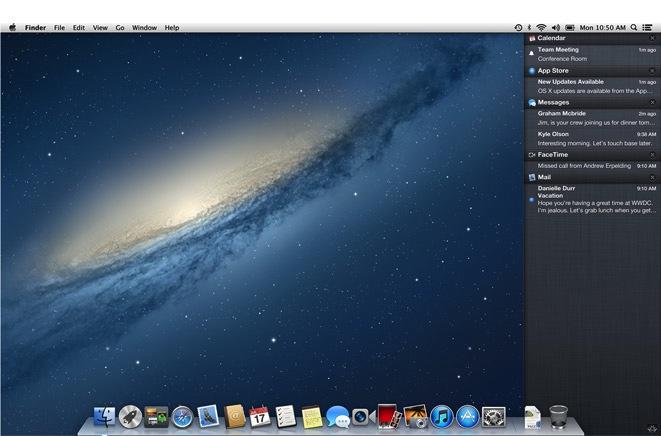
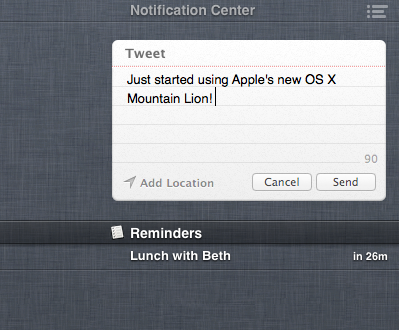
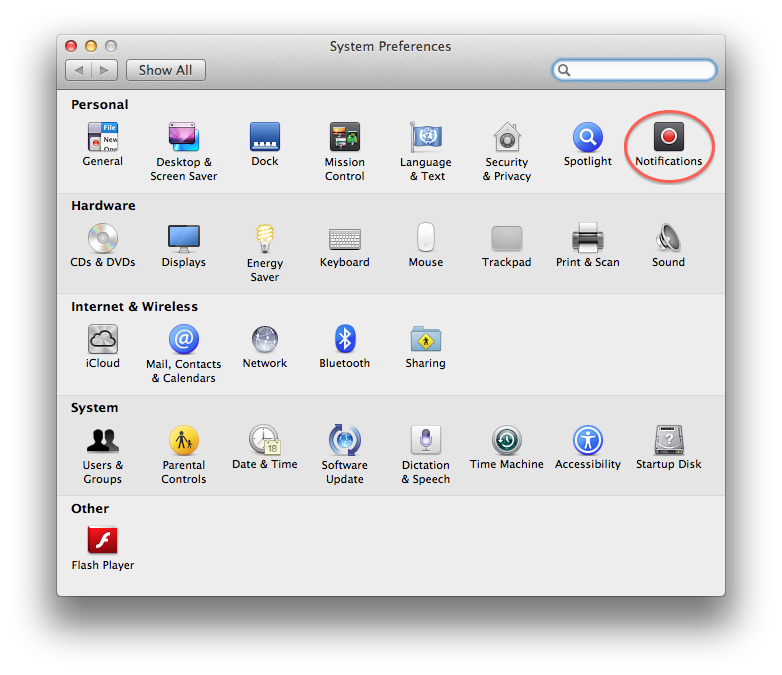
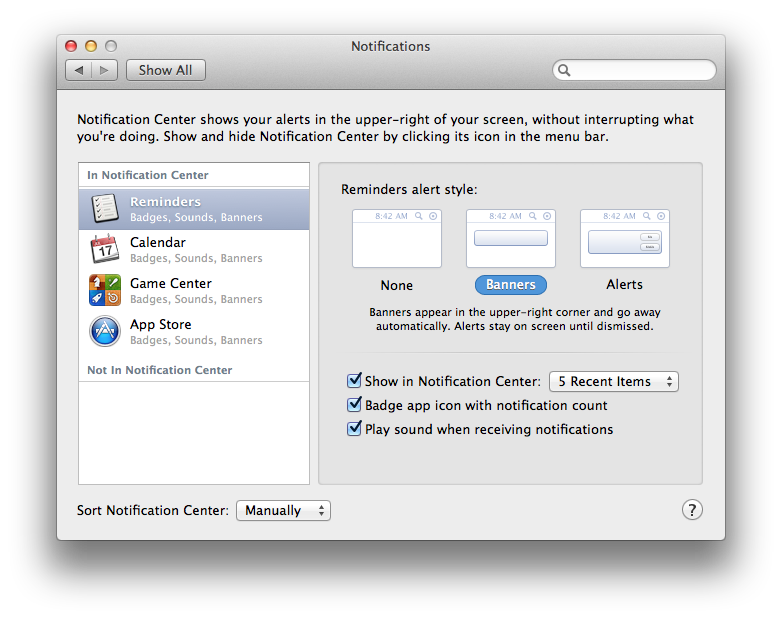
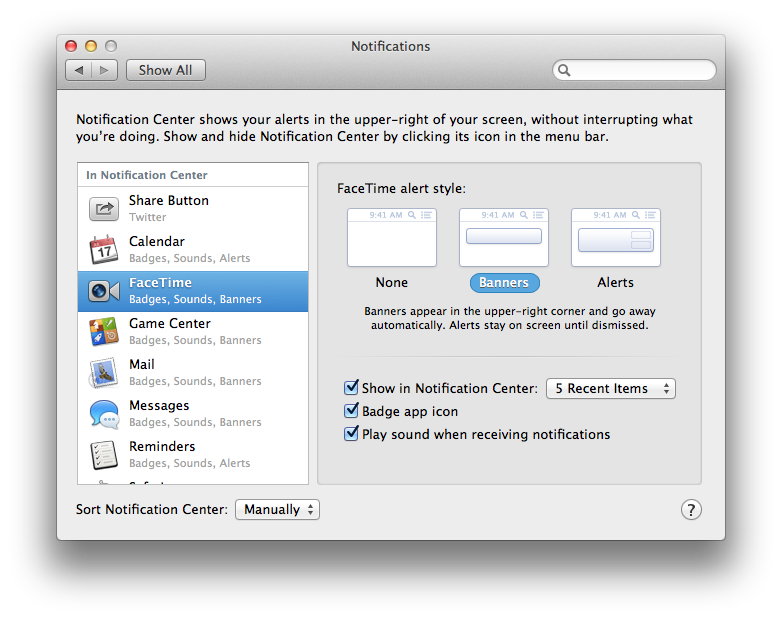
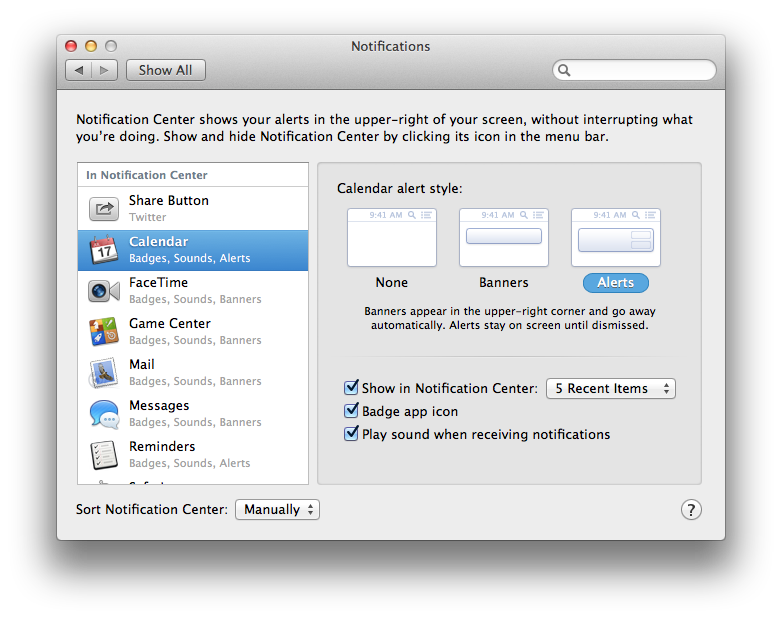
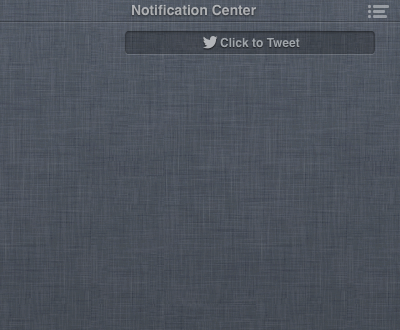
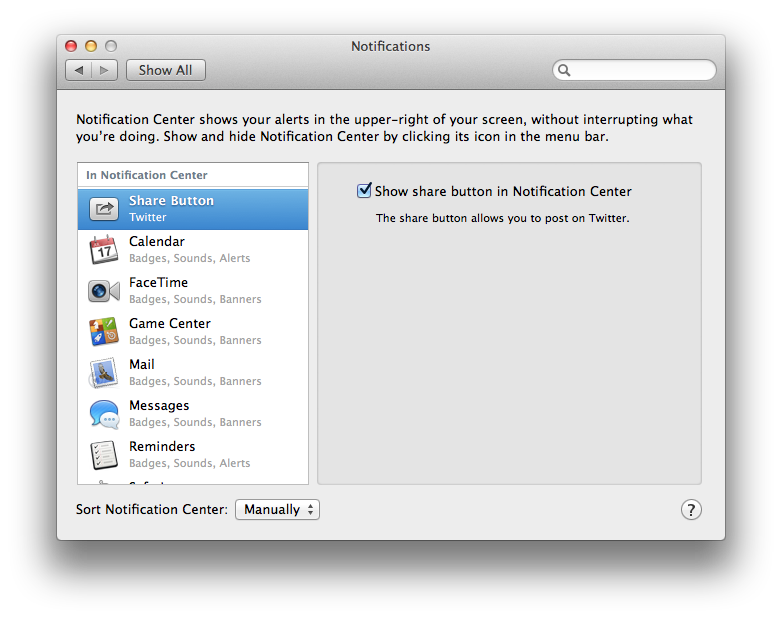
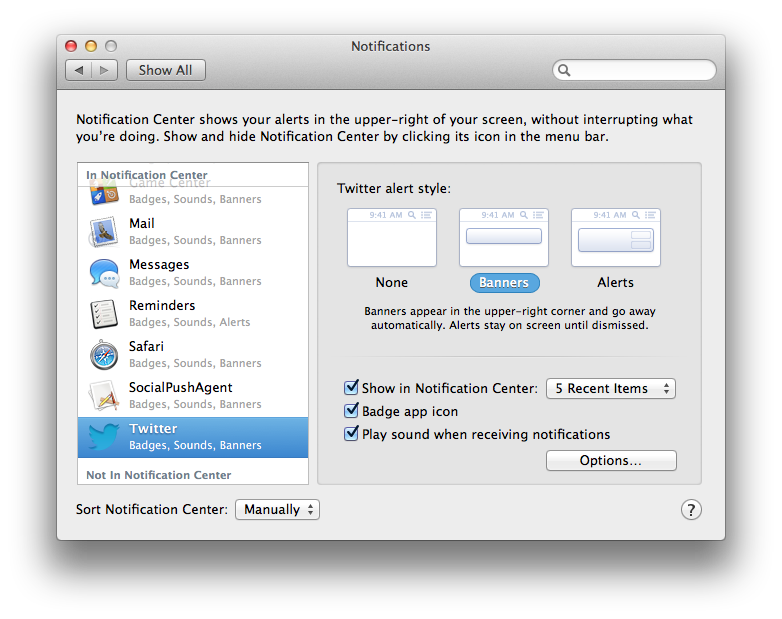
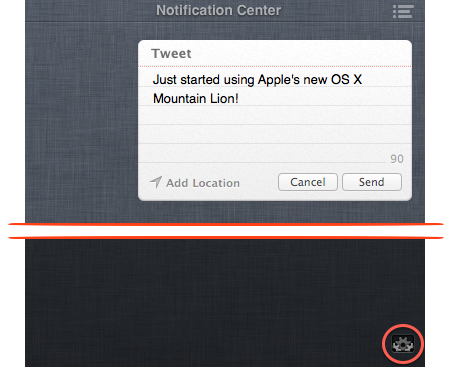
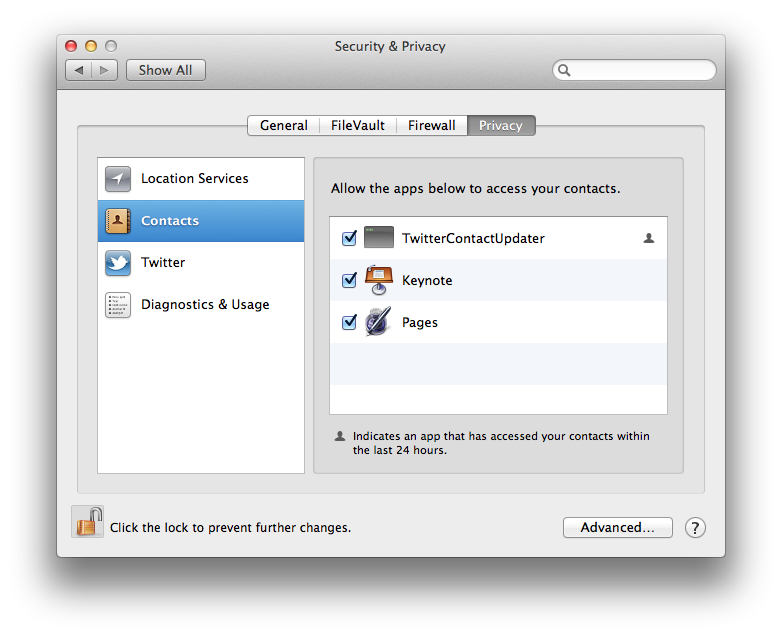
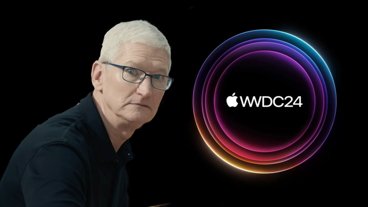



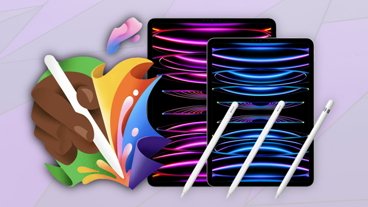

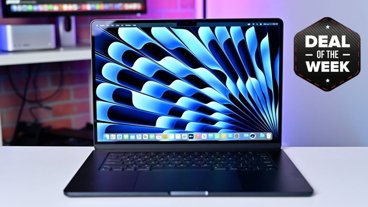
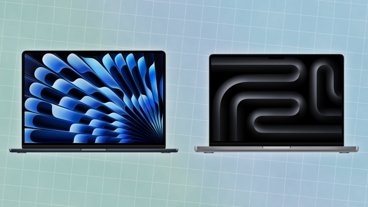
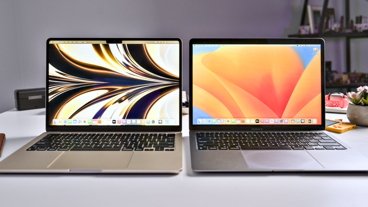
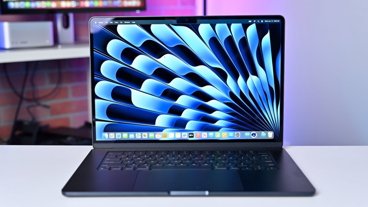

 Chip Loder
Chip Loder
 Andrew Orr
Andrew Orr
 Marko Zivkovic
Marko Zivkovic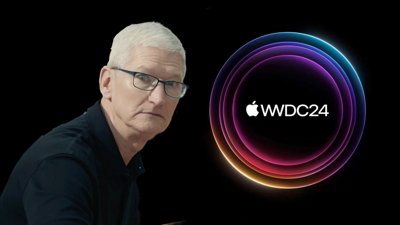
 David Schloss
David Schloss

 Malcolm Owen
Malcolm Owen
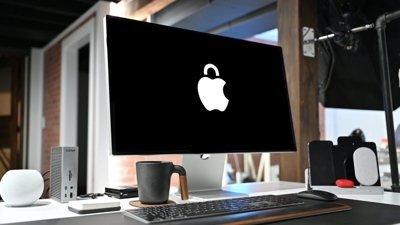
 William Gallagher
William Gallagher